At last...
Somehow this video couldnt be uploaded into Yootoob. I kept getting "Uploading failed". I almost gave up totally. Then today I visited salt&vinegar, and discovered vimeo.
Thanx PB!
Enjoy :)
izani spider song from elisa taufik on Vimeo.
Toasting life, spreading love ...
At last...
Somehow this video couldnt be uploaded into Yootoob. I kept getting "Uploading failed". I almost gave up totally. Then today I visited salt&vinegar, and discovered vimeo.
Thanx PB!
Enjoy :)
izani spider song from elisa taufik on Vimeo.
Concocted by
elisataufik
at
2:30 PM
7
took a bite
![]()
As some of you may or may not know, our friend Nonah is trying to finance her way to school.
She needs to raise at least the registration and first semester fees by November.
You can go read "help me raise my fees" to find out how much she needs and how she's planning to save up for it.
To help her along, I am launching SHAWLS FOR SCHOOL on my Barang-barang Bonda online store.

Concocted by
elisataufik
at
1:55 PM
3
took a bite
![]()
Ops Jalan Sakan (Mission: Travelots) - UAE and Oman, Spring 2009
Part 7
April 6th, 2009.
As early as 9am we were already out of our hotel in Muscat and was heading towards Muttrah Souq. While searching for parking we decided to drive along the corniche and check out the view. We finally found a parking spot (note: get your coins ready, you need to buy parking coupons at a machine) and walked towards one of the few restaurants that was already opened for business. The restaurants along the corniche serve typical fare that would attract arabs and westerners alike : Fast food like burgers, hot dogs and pizzas, much to the delight of my children :)
After a quick breakfast, we entered the souq.
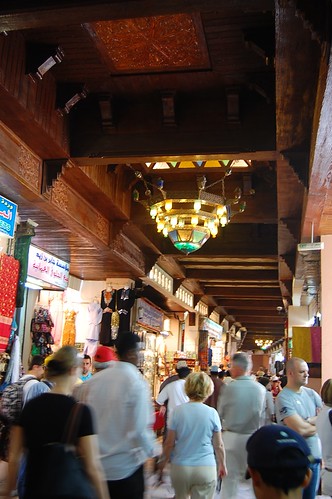

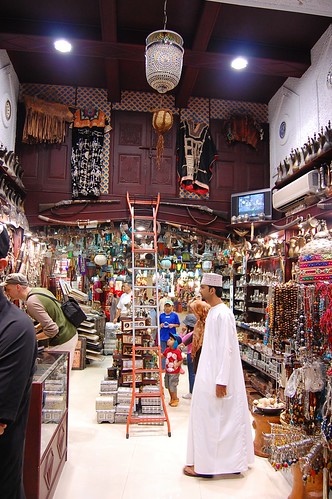
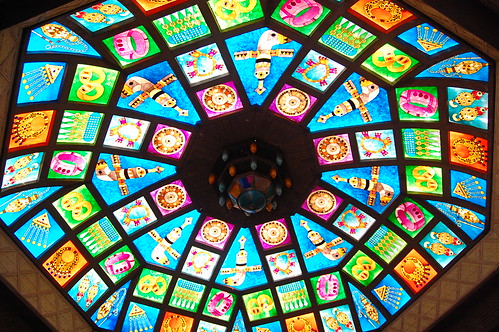
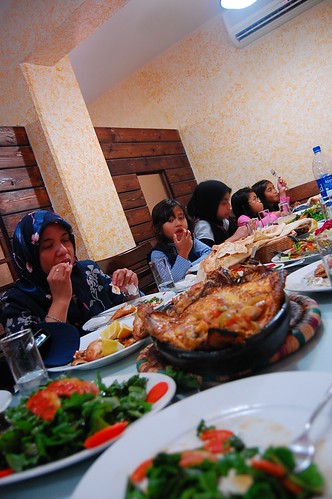

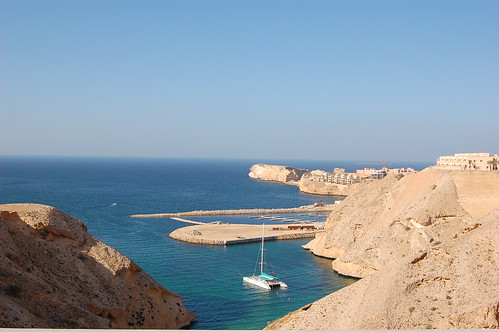
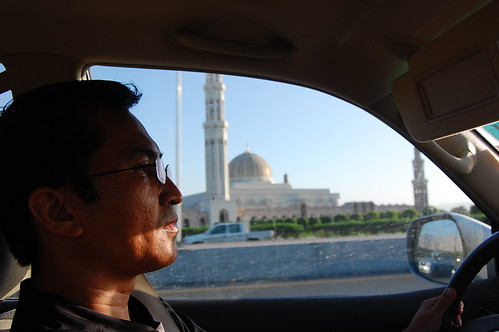

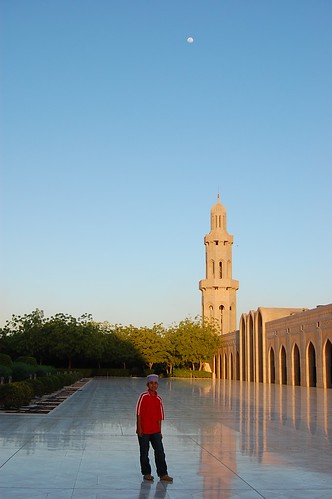
Concocted by
elisataufik
at
4:10 PM
13
took a bite
![]()
We are pretty sure that we'll be moving back home by this December the latest.
So now, we're starting to search for schools for our children.
Ilham will be 12 (Year 6), Ihsan will be 11 (Year 5) and Anis will be 8 (Year 2). Izani will need to go to a Taska.
Personally, I would like my kids to go to an English-medium school.
It's not that I don't want them to speak Malay, but it's because I want them to have an easier first few months of school, without going through class not understanding lessons or instructions, or worse, being teased by their friends for not being able to speak Malay. I want them to be able to feel confident in a new environment. I want them to be able to make new friends.
Furthermore, Ilham would be taking his UPSR (a national level exams, not unlike SATS). I dont know how much of the syllabus he has to catch up with, but I think his pace would be slower if he has to do the catching up in a language he doesn't really grasp. At least if the classes are in English, he only needs to be up to speed with the topics, not the language, right? If I don't have to worry about the other papers, at least I can concentrate on helping him with the Bahasa Malaysia and Agama papers (less work and worry for me. Yay!)
I would also like my kids to go to an Islamic Integrated school, the kind that combines the national curricullum and the religious curricullum.
When Ilham was in Year 1 for the 6 months before we moved to Saudi, he had had to go to the national school in the morning, then on to the religious (KAFA) school in the afternoon. I had to pick him up from school, rush through lunch, then poke and prod him to change into his KAFA uniform and walk to school. Even though the KAFA school was practically at our doorstep (my mom's front gate is right in front of the mosque's gate, where the school is), I still found the schedule pretty tight. I can't imagine what it was like for kids who lives a little further away from us. By the time Ilham came home from KAFA, he's pretty pooped out and just wants to play. He would be too tired or too fed up with anything to do with school for homework.
I think having the religious lessons incorporated into their regular school would be less of a hassle, for the kids and also for me. I don't have to worry about two uniforms, two school bags, two schedules, two exams..
The religious school is not compulsory, but I would like my children to at least have the basic knowledge of the religion they are practising. I am ashamed to say that even though we are living in Saudi,(which is supposedly the epitome of an islamic country), my children have had very little religious education because they go to an international school that is not allowed to have religious classes by the Ministry of Education.
We do our best on our own of course. Apart from the Qur'an lessons three times a week by a Pakistani imam, most of their religious lessons were informal. We've taught them how to properly perform solat and the recitations involved, we've taught them how to properly fast and the rules about it, we've taught them the components of umrah/hajj and its significance, we try to instill Islamic values as much as we can, and point out the greatness and wisdom of God in our every day life and activities but these were all done by example and by doing. There were no notes, no reference books, no lapbooks. If you ask my children to list out the five pillars of islam, the six pillars of faith, Allah's names and attributes, the 25 messengers, the obligatory steps in solat, they wouldn't know. If you ask them to take a test, they would fail. I want their knowledge to be complete, to be at elast at par with other students who have gone through formal religious classes.
So, in conclusion, I am looking for an English-medium Islamic Integrated School.
Preferably within driving distance from our current house in Kelana Jaya (assuming we don't move elsewhere).
Unfortunately, most Islamic Integrated Schools are way over on the other side of the Klang Valley, in Gombak, Bukit Antarabangsa and Ampang.
There are only 3 on this side of the Klang Valley (that I have found):
Integrated School Shah Alam (ISSA - http://issa-primary.com/)
Integrated Islamic School Kota Damansara (IISKD - http://iiskd.org/index.php)
ITQAN Integrated Islamic School (ITQAN - http://www.itqan.com.my/index.htm)
ISSA currently only accepts students up to Year 5.
ITQAN somehow doesn't teach Islamic or Qur'an lessons (?).
So my best bet right now would be IISKD. It has a primary school *and* secondary school. I don't know how much they'll cost me, since my queries via their website have gone unreplied.. :P
Perhaps I should call them.
If you have any information on any other schools around PJ/Damansara/Taman Tun, please do drop me a line ;)
Concocted by
elisataufik
at
3:56 PM
37
took a bite
![]()
Ops Jalan Sakan (Mission: Travelots) - UAE and Oman, Spring 2009
Part 6
April 5th, 2009.
We left Al-Mintirib, the small town bordering the vast desert of Wahiba Sands, at around 10am and reached the town of Nizwa at around 12pm. By that time, the adzan for Dzuhr prayer had been called, and most of the shops in the souq are closed. In one of the souviner shops that was opened, though, we coincidently met with one of our friends who happened to be holidaying with his family. Zarul and Kak Rosnah had just come from Muscat, and they were spending the day in Nizwa and Al-Hamra. Zarul had hired a local guide and from him we found out that the souq is closed from 12pm to 4pm, just like in Saudi :P Since the souq is closed, we decided to have lunch with Zarul's family in a restaurant on the outskirts of Nizwa.
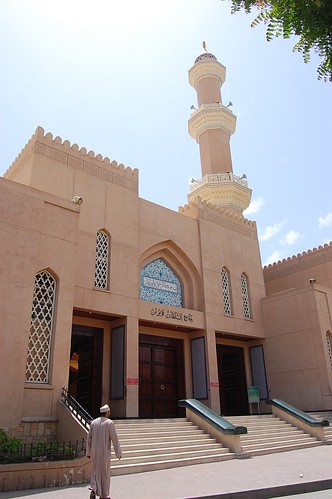
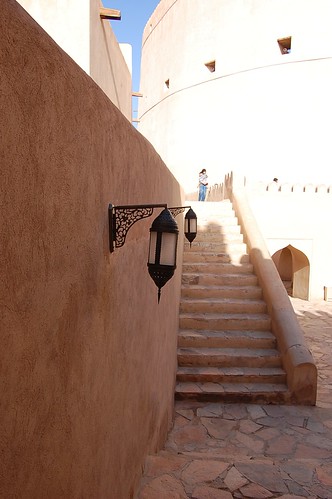
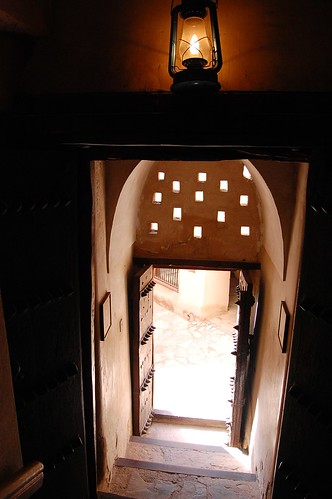
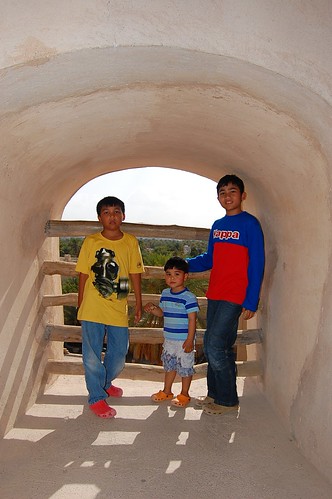
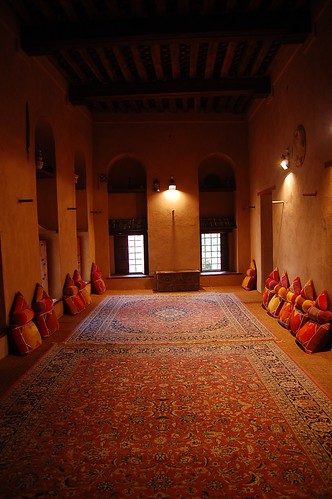
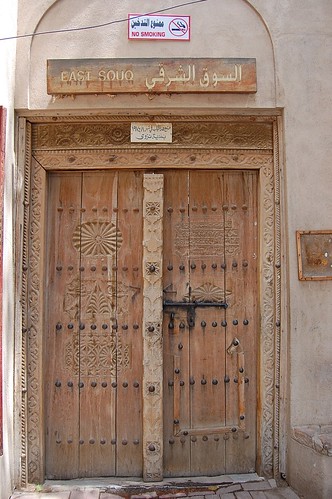
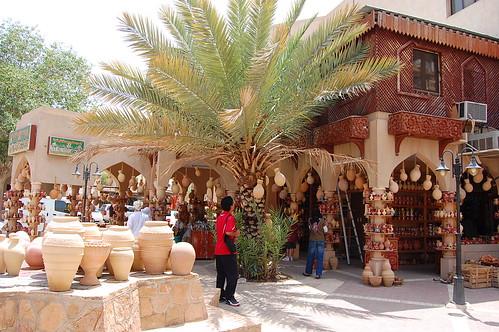

Concocted by
elisataufik
at
12:05 PM
9
took a bite
![]()

